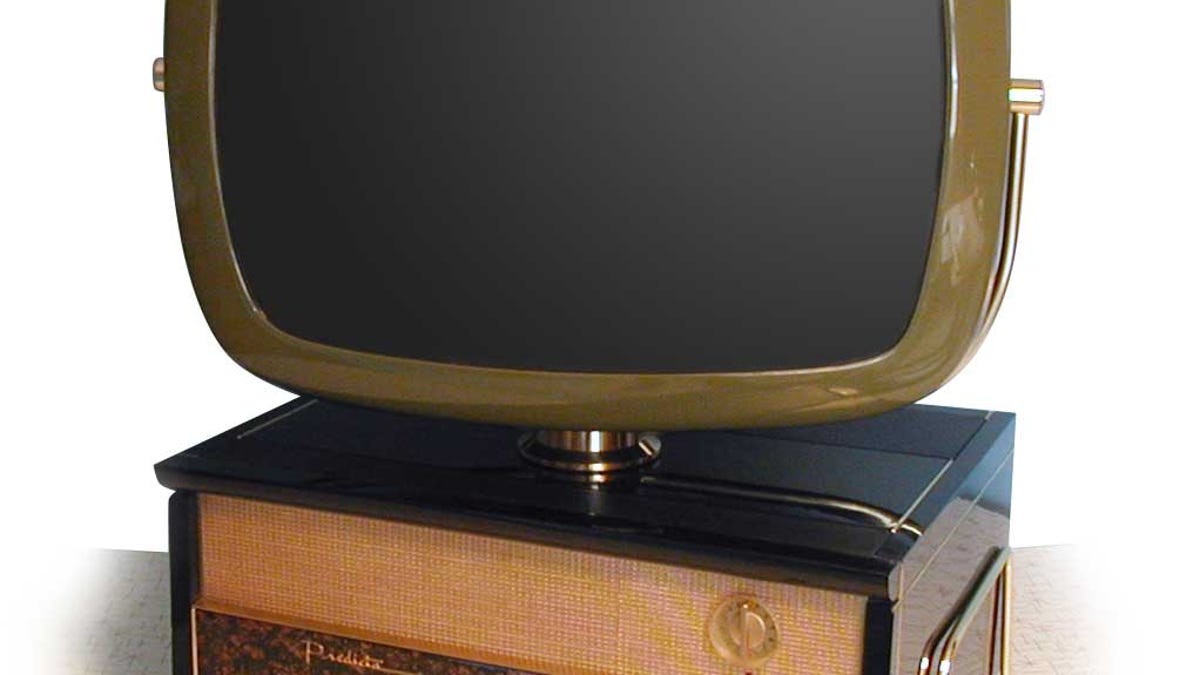$40 DTV box subsidy: Is it enough?
The U.S. government has detailed plans to subsidize the purchase of DTV converter boxes with $40 coupons, but will people still be confused?

If you're reading this, chances are you don't really need a $40 coupon to help pay for a converter box that'll allow you to watch over-the-air (OTA) digital television on your standard TV. But for those who happen to depend on that old TV and "free" analog television--not cable or satellite--and want to continue watching TV beyond February 18, 2009, the coupon should be a big deal. Under the new program, every household in the country will be able to apply for as many as two coupons, each worth $40 toward the price of a converter box. The boxes are expected to sell for between $50 and $70.
In other words, the boxes will still take $10 to $30 each out of the pockets of an estimated 19 million households that depend on analog TVs and OTA reception. Worse, it's hard to believe that, over the next two years, the government or a private coalition will do a good job of educating those households on their need to spend extra money to get free TV. The subsidy restricts the kind of box that the coupons cover to devices designed to do little more than convert TV signals--they can't go toward DVD recorders or other devices with built-in DTV tuners, for example.
According to the Congressional Budget Office, the government will make an estimated $10 billion by auctioning off the airwaves that'll be cleared by switching to digital TV. The companies that will eventually use those airwaves will reap many times more profit. Meanwhile, the subsidy program was allocated an initial sum of $990 million by Congress, which will pay for 22.5 million coupons. Why not just pay the extra, say, $20 apiece ($450 million) to make the coupons good for "free" boxes? Why should U.S. citizens, especially those least likely to afford the expense or even know about the eventual shutoff of their TVs, bear the burden? And if the government were really serious about educating the public about the switchover to digital, allocating money toward an advertising campaign on--gasp!--network TV itself seems like a good start.

